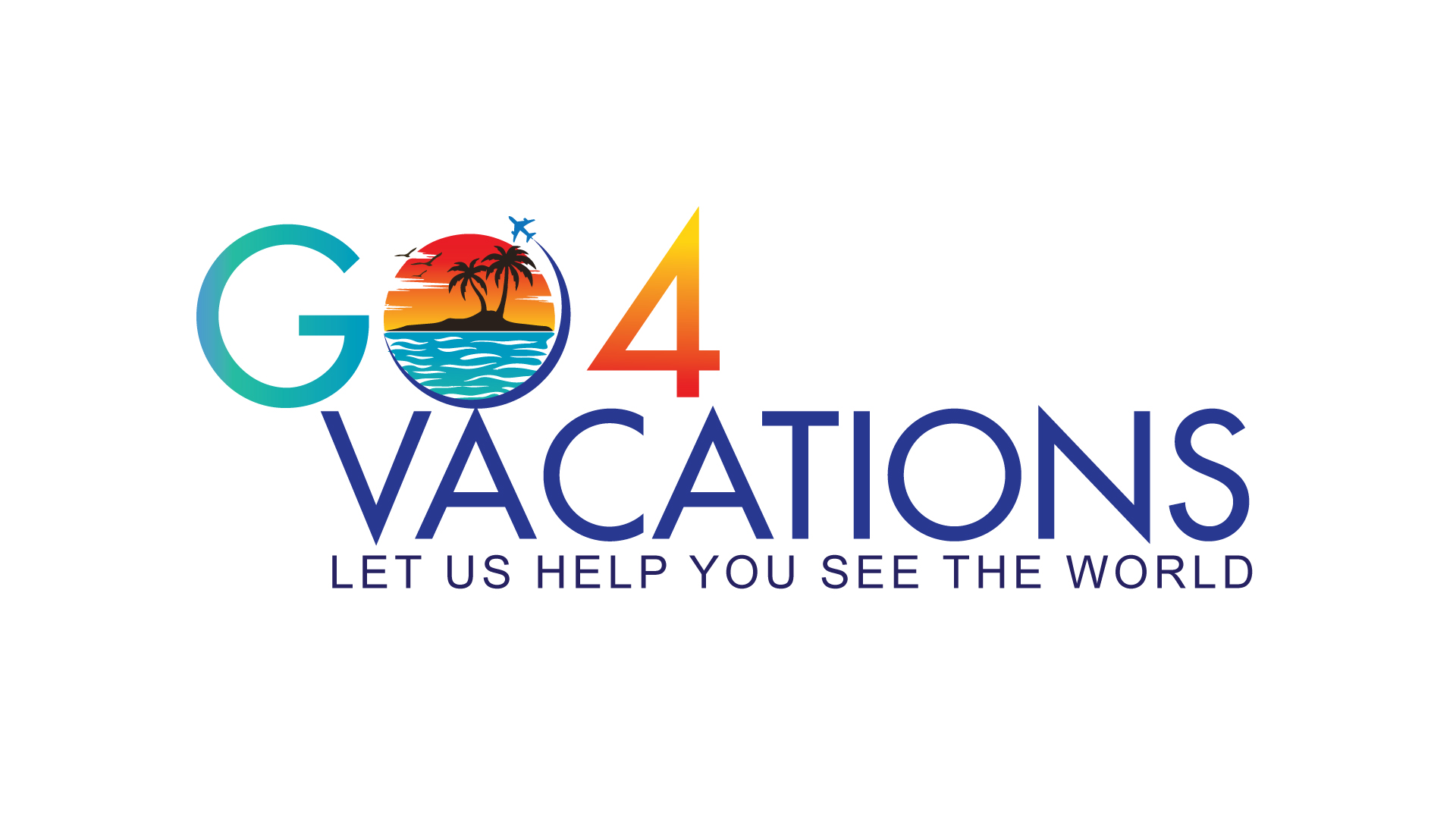TRAVEL TIPS
Public Transportation
Chicago's extensive public transportation network includes rapid-transit trains, buses, and a commuter-rail network. The Chicago Transit Authority, or CTA, operates the city buses, rapid-transit trains (the El), and suburban buses (Pace). Metra runs the commuter rail.
The Regional Transportation Authority (RTA) for northeastern Illinois oversees and coordinates the activities of the CTA and Metra. The RTA's website can be a useful first stop if you are planning to combine suburban and city public transit while in Chicago.
Information
Regional Transportation Authority. 312/913–3110; www.rtachicago.com.
CTA: The El and Buses
The Chicago Transit Authority (CTA) operates rapid-transit trains and buses. Chicago's rapid-transit train system is known as the El. Each of the eight lines has a color name as well as a route name: Blue (O'Hare–Congress–Douglas), Brown (Ravenswood), Green (Lake–Englewood–Jackson Park), Orange (Midway), Purple (Evanston), Red (Howard–Dan Ryan), Yellow (Skokie Swift), and Pink (Cermak). In general, the route names indicate the first and last stop on the train. Chicagoans refer to trains both by the color and the route name. Most, but not all, rapid-transit lines operate 24 hours; some stations are closed at night. The El, though very crowded during rush hours, is the fastest way to get around (unless you're coming from the suburbs, in which case the Metra is quicker but doesn't run as often). Trains run about every 10 minutes during rush hours, every 30 minutes on weekends, and every 15 minutes at other times. Pick up the brochure "Downtown Transit Sightseeing Guide" for hours, fares, and other pertinent information. (You can also download it at www.transitchicago.com/assets/1/brochures/13JN_089-DTSSG-WEB.pdf). In general, late-night CTA travel is not recommended. Note that many of the Red and Blue line stations are subways; the rest are elevated. This means if you're heading to O'Hare and looking for the Blue Line, you may have to look for a stairway down, not up.
The basic fee for rapid-transit trains is $2.25, which must be paid using a Ventra transit card. The basic fare for buses is $2.25 when paying cash (dollar bills or coins, no change given) and $2 when using a Ventra card. Rechargable Ventra cards can be purchased at CTA station vending machines as well as at Jewel and CVS stores; they can be topped up with any amount or loaded with a pass valid for 1, 3, 7, or 30 days of unlimited travel (costing $10, $20, $28, and $100 respectively). You can also purchase single-ride Ventra cards at any CTA stop.
These easy-to-use cards (which can be shared) are inserted into the turnstiles at CTA train stations and into machines as you board CTA buses; directions are clearly posted. To transfer between the Loop's elevated lines and the subway or between trains and buses, you must either use a Ventra card with at least 25¢ stored on it or, if you're not using a transit card, buy a transfer when you first board. If two CTA train lines meet, you can transfer for free. You can also obtain free train-to-train transfers from specially marked turnstiles at the Washington/State subway station or the State/Lake El station, or ask for a transfer card, good on downtown trains, at the ticket booth. Transfers can be used twice within a two-hour time period.
Buses generally stop on every other corner northbound and southbound (on State Street they stop at every corner). Eastbound and westbound buses generally stop on every corner. Buses from the Loop generally run north–south. Principal transfer points are on Michigan Avenue at the north side of Randolph Street for northbound buses, Adams Street and Wabash Avenue for westbound buses and the El, and State and Lake streets for southbound buses.
Bus schedules vary depending on the time of day and route; they typically run every 8 to 15 minutes, though service is less frequent on weekends, very early in the morning, and late at night. Schedules are available online at www.transitchicago.com.
Pace runs suburban buses in a six-county region; these connect with the CTA and use CTA transit cards, transfers, and passes.
Information
CTA. Merchandise Mart, 567 W. Lake St., Chicago, Illinois, 60661. 888/968–7282; www.transitchicago.com.
Metra: Commuter Trains
Metra serves the city and suburbs. The Metra Electric railroad has a line close to Lake Michigan; its trains stop in Hyde Park. The Metra commuter rail system has 11 lines to suburbs and surrounding cities, including Aurora, Elgin, Joliet, and Waukegan; one line serves the North Shore suburbs, and another has a stop at McCormick Place. Trains leave from several downtown terminals.
Metra trains use a fare structure based on distance. A Metra weekend pass costs $7 and is valid for all-day use on any line except for the South Shore line.
Information
Metra information line. 312/322–6777; www.metrarail.com.

